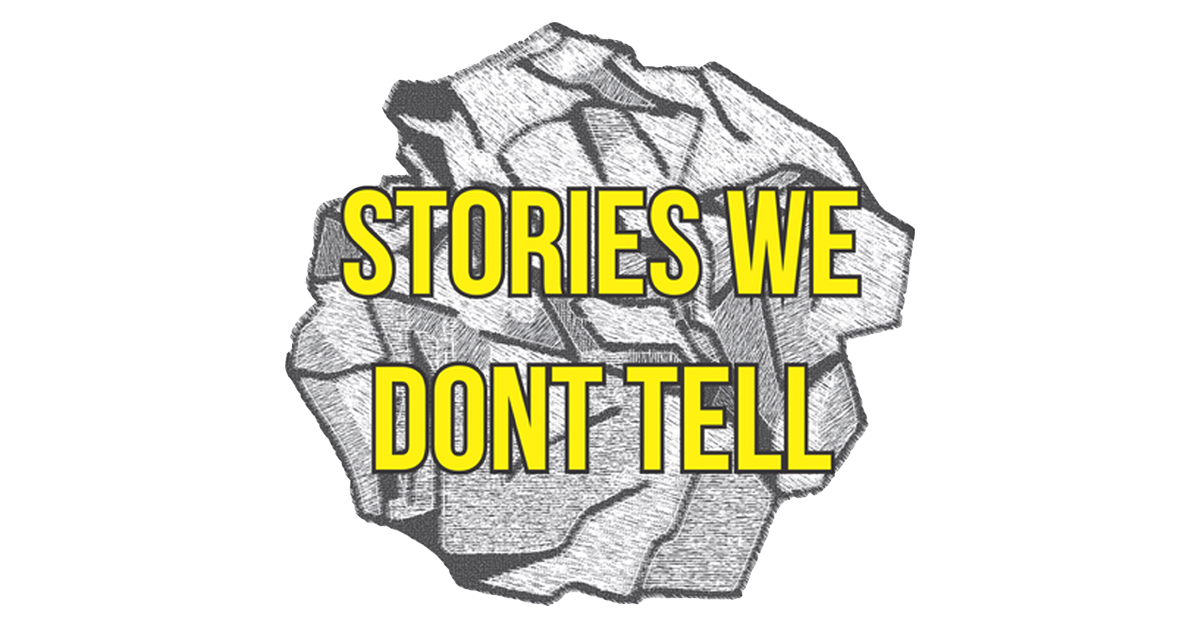This is a transcription of Stories We Don't Tell Podcast Episode 86: Know Your Ingredients. Listen to the podcast episode HERE.
Now don't worry faithful listeners it's only five minutes because this is Five in Five: After Dark.
So, know your ingredients and make them quality. What do we mean by that? Basically, write a good story.
It’s more about the scenes in your story and how you use them in the time allotted. It’s using those limitations to get at what is most interesting in your story.
Let's say you've got tons and tons of words, it becomes more about what you need to make the story work. Then you go for what is interesting and how these things all connect together. There is some basic editing here, like, perhaps you don’t need a whole chunk of the story. Maybe it’s not necessary. The tendency is to want to do it chronologically, but sometimes it’s not useful to the actual story.
In the 1950s and 1960s, there was something called the French New Wave of filmmakers - Jean-Luc Godard and Francois Truffaut and all these guys. The big evolution they made in film was that they used jump cuts. If someone is getting out of a car, walking to a bar and entering the bar, they’d just cut from the car to inside the bar. This blew people’s minds at the time. Basically, they just said that they cut out all the boring bits.
So be like the French New Wave and cut out all the boring parts. I do think it's very important to really try to figure out exactly what matters and why. This can sometimes be difficult for you to tell by yourself. Something could matter to you, but not to the audience. It’s a good idea to let someone else read the story and they’ll probably know right away.
To wrap up, write it all out but don’t get lost in the story, pick a moment in your story that represents a larger theme and cut out all the boring parts.

